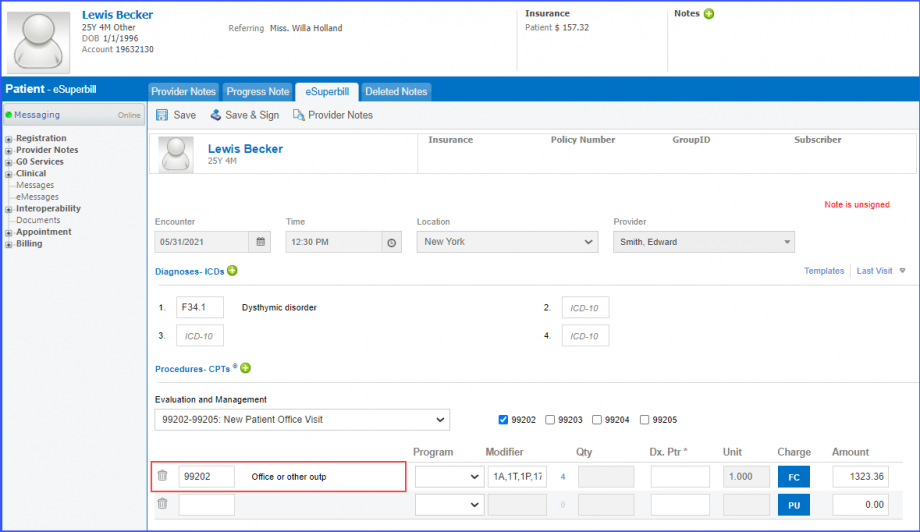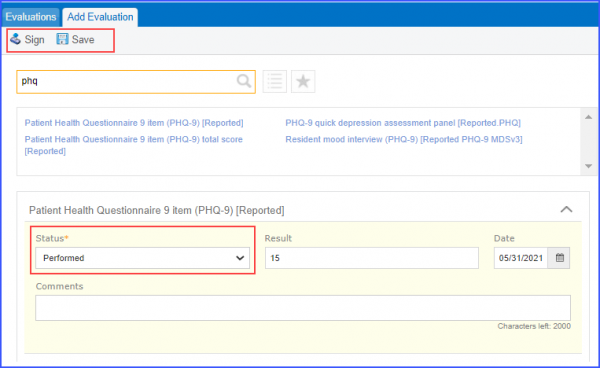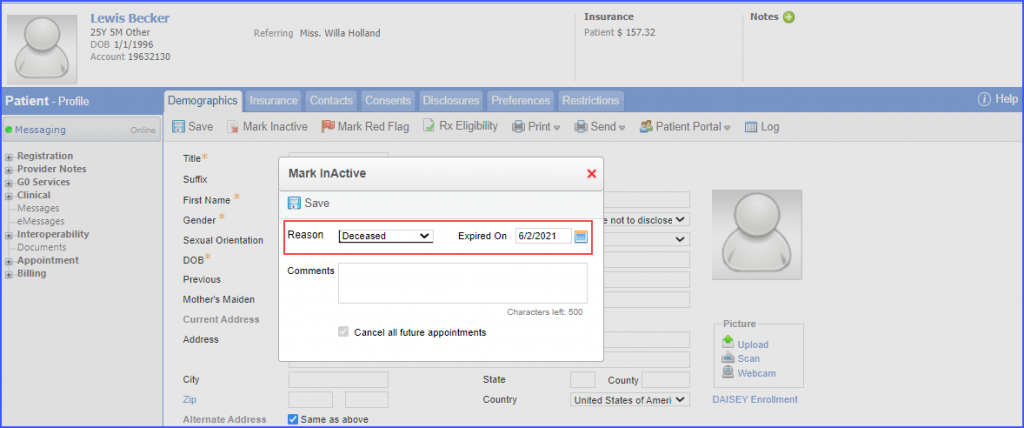CMS159v9 – Depression Remission at Twelve Months
| Depression Remission at Twelve Months | CMS159v9 | The percentage of adolescent patients 12 to 17 years of age and adult patients 18 years of age or older with major depression or dysthymia who reached remission 12 months (+/- 60 days) after an index event. |
|---|---|---|
| – DENOMINATOR:
Adolescent patients 12 to 17 years of age and adult patients 18 years of age and older with a diagnosis of major depression or dysthymia and an initial PHQ-9 or PHQ-9M score greater than nine during the index event. Patients may be screened using PHQ-9 and PHQ-9M up to 7 days prior to the office visit (including the day of the office visit). – DENOMINATOR EXCLUSIONS:
– NUMERATOR: Adolescent patients 12 to 17 years of age and adult patients 18 years of age and older who achieved remission at twelve months as demonstrated by a twelve month (+/- 60 days) PHQ-9 or PHQ-9M score of less than five |
||
| – APPLICATION WORKFLOW
For Denominator:



Select the assessment from the search results, complete the details, and click ‘Save’.  Note: Denominator Identification Period: The period in which eligible patients can have an index event. The denominator identification period occurs prior to the measurement period and is defined as 14 months to two months prior to the start of the measurement period. For patients with an index event, there needs to be enough time following index for the patients to have the opportunity to reach remission twelve months +/- 60 days after the index event date. Index Event Date: The date in which the first instance of elevated PHQ-9 or PHQ-9M greater than nine and diagnosis of depression or dysthymia occurs during the denominator identification measurement period. Patients may be screened using PHQ-9 and PHQ-9M up to 7 days prior to the office visit (including the day of the office visit). For Numerator: Adolescent patients 12 to 17 years of age and adult patients 18 years of age and older who achieved remission at twelve months as demonstrated by a twelve month (+/- 60 days) PHQ-9 or PHQ-9M score of less than 5. The patient should be assessed for depression remission during the measure assessment period. Use the workflow Patient > Clinical > Evaluations to add an assessment and its result. Alternatively, to record an assessment navigate to Patient > Clinical > Assessments. Click ‘+Add’ and select the ‘PHQ-9’ assessment from the ‘Questionnaire’ dropdown. Then click ‘Search. Select the assessment from the search results, complete the details, and click ‘Save’. Note: Measure Assessment Period: The index event date marks the start of the measurement assessment period for each patient which is 14 months (12 months +/- 60 days) in length to allow for a follow-up PHQ-9 or PHQ-9M between 10 and 14 months following the index event. This assessment period is fixed and does not start over with a higher PHQ-9 or PHQ-9M that may occur after the index event date. For Denominator Exclusions: Patients satisfying any of the following conditions before the end of measure assessment period will be excluded from the Denominator.

|
||
